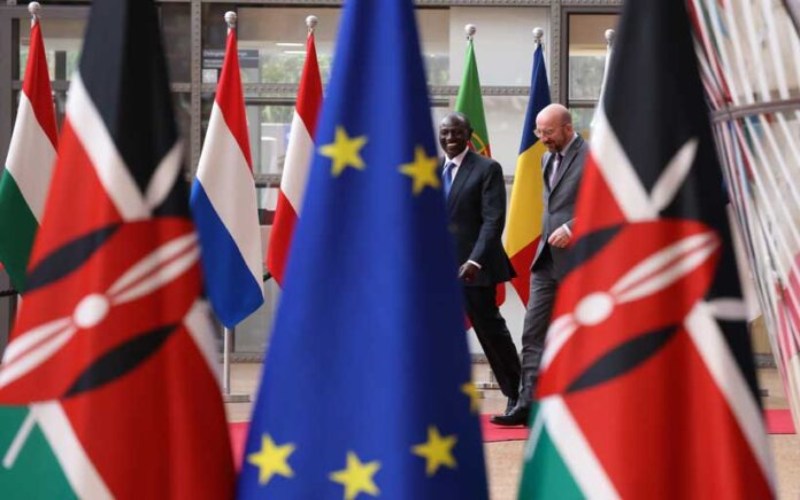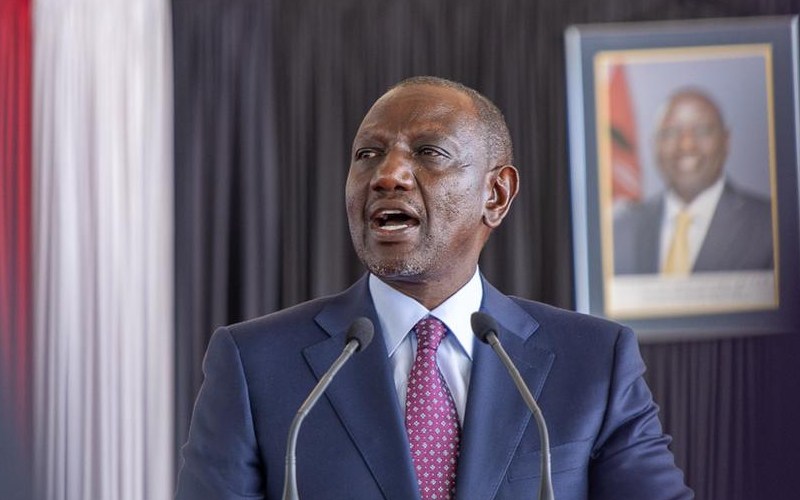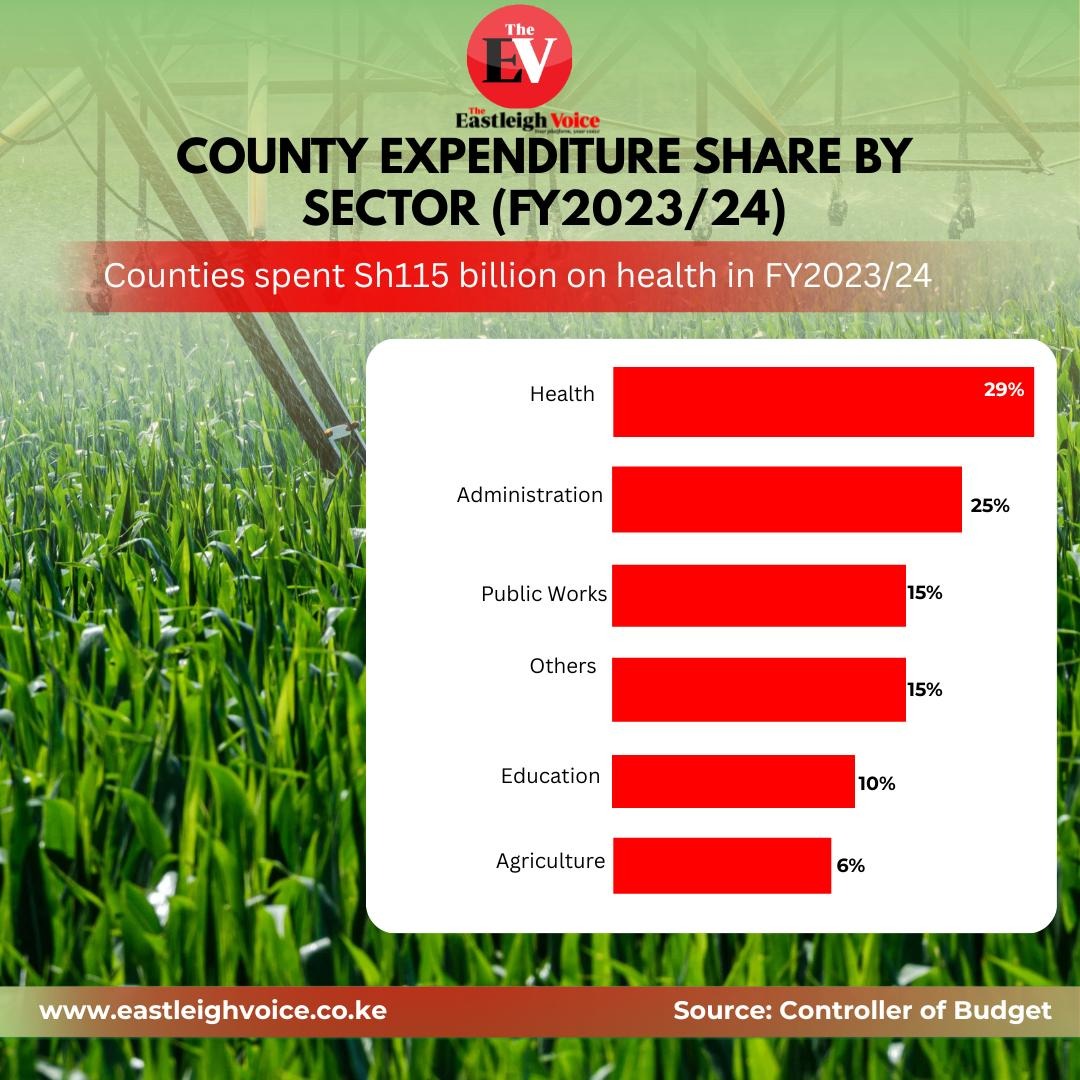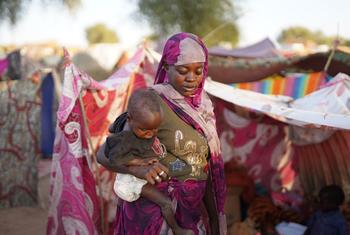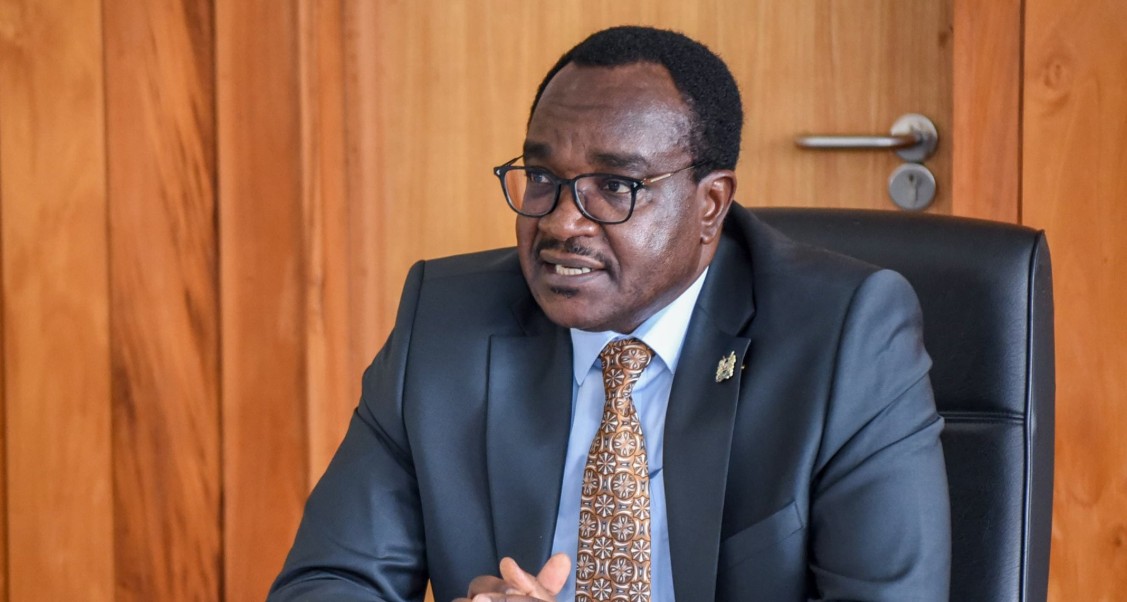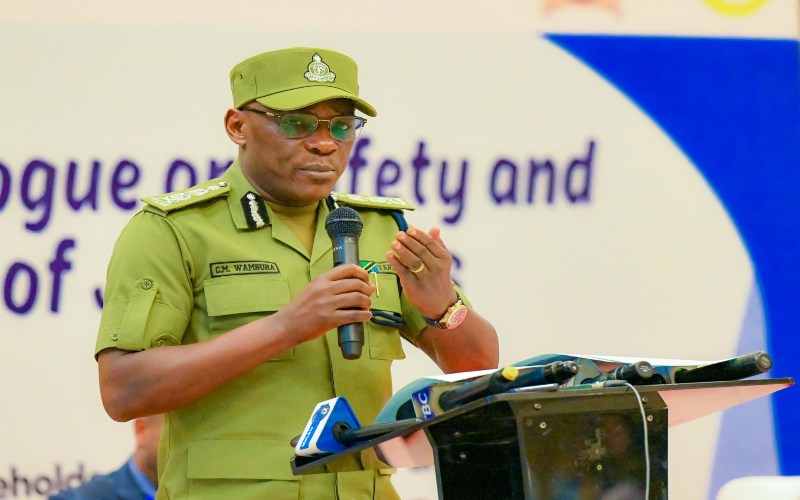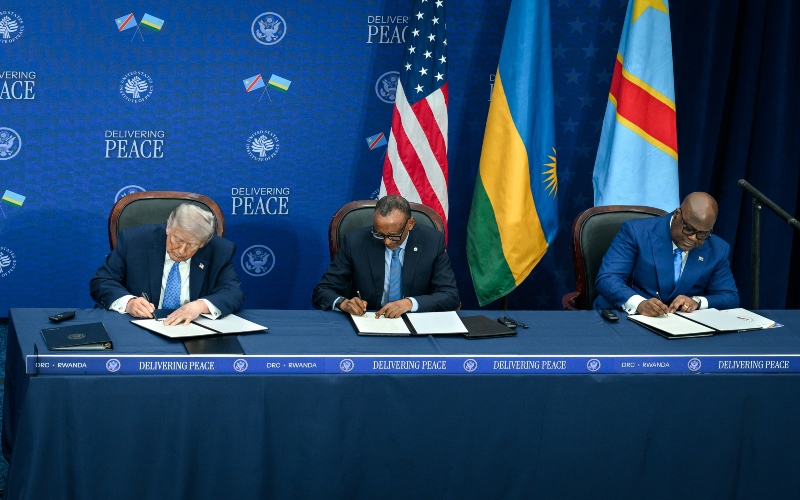City Hall admits past planning mistakes behind Nairobi’s transport crisis
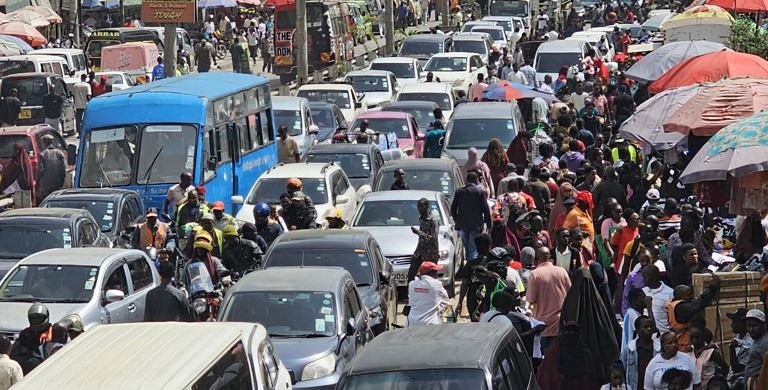
Auma said transport plans from previous decades underestimated the role of non-motorised mobility and the shift to electric transport, leaving the city with a network that is struggling to meet modern needs.
Nairobi’s long-standing transport crisis is a product of urban planning choices that focused on motor vehicles while overlooking the needs of pedestrians and cyclists, a county executive has revealed.
Mobility and Works CEC Ibrahim Auma said that successive administrations at City Hall gave little attention to non-motorised transport, creating today’s congestion and lack of order in the capital.
More To Read
- Nairobi orders staff to submit academic, professional records by January 15
- City Hall opens six-month window to regularise non-compliant properties
- Governor Sakaja unveils six-borough structure to enhance service delivery
- City Hall moves to recognise urban farmers in policy review
- City residents say Nairobi's illegal billboard cleanup favours some areas over others
- Sakaja’s loan request for salaries draws ire from Nairobi MCAs for lack of details
Speaking at the Smart Mobility Africa 2025 Summit in Sandton, South Africa, Auma explained that earlier city master plans failed to set aside proper spaces for footpaths and safe cycling.
“If enough room had been left for safe cycling and more footpaths constructed, the chaos in the city could have been toned down and, in effect, ensured order and safety,” he said.
His remarks follow growing pressure for action on Nairobi’s transport mess, including a proposal by MCA Robert Alai to license wheelbarrows and handcarts to control disorder on city streets.
At the same time, the fast-growing boda boda sector has worsened the situation, with criminal groups exploiting the industry to operate in the city.
Auma said transport plans from previous decades underestimated the role of non-motorised mobility and the shift to electric transport, leaving the city with a network that is struggling to meet modern needs.
To address this, he said the county is rolling out several measures to modernise the system.
“We are addressing this through initiatives such as electric-vehicle charging infrastructure, updated building-code regulations, Low Emission Zones and a redesigned bus network to improve efficiency and cut emissions,” he said.
The summit brought together African policymakers, transport leaders and experts to share strategies on creating integrated and sustainable urban mobility systems.
Auma took part in a panel discussion focusing on Integrated Transport Master Plans (ITMPs) and their role in guiding city growth. He described ITMPs as “long-term strategic frameworks that harmonise all modes of transport with land use, housing and economic growth.”
He emphasised that by embedding accessibility, climate resilience, safety and equity into planning, ITMPs lay a solid foundation for well-organised urban development.
According to him, effective ITMPs are key to easing congestion and improving regional links.
“By prioritising mass rapid transit, walking and cycling, and reinforcing commuter rail and Bus Rapid Transit corridors, ITMPs also promote transit-oriented development, cutting long commutes and curbing urban sprawl,” he said.
“Stronger institutional coordination across national and local governments is key to making these plans work,” he added.
He identified fragmented institutions, poor financing, policy blind spots and lack of data as the biggest obstacles to progress.
Auma urged counties and national agencies to strengthen governance, adopt inclusive and climate-sensitive approaches, secure sustainable funding and involve a wide range of stakeholders to make urban mobility plans effective.
He added that city transport plans must remain dynamic and responsive to changing realities. Master plans, he noted, should be treated as “living instruments of transformation, not static documents.”
He concluded by saying that African cities have a chance to reimagine their mobility systems to reduce inequality, promote integration and build climate-resilient cities.
“As a continent, we must work together to build smarter, greener and more inclusive mobility,” he said.
Top Stories Today

